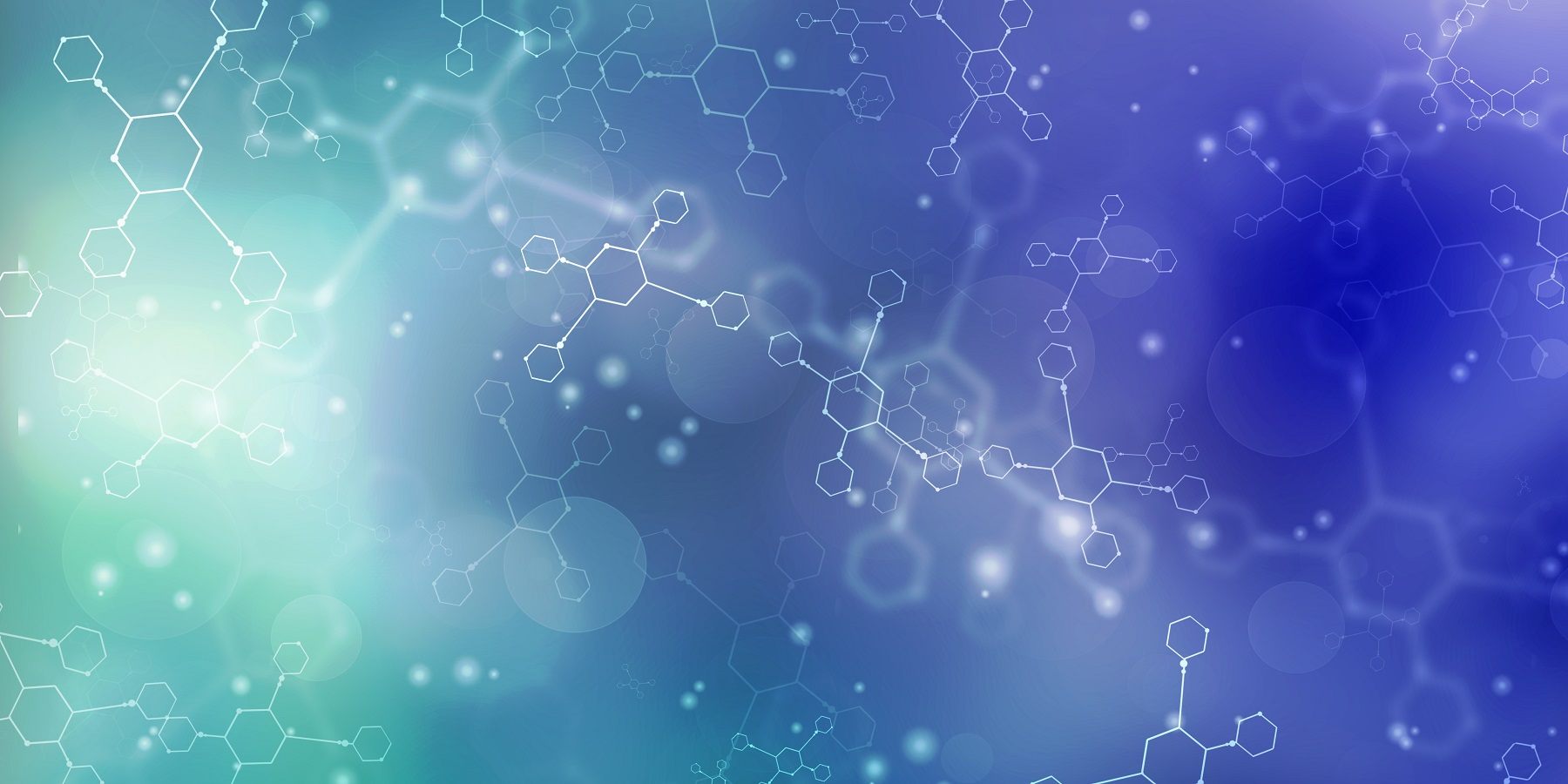Indications
Colchicine is primarily indicated for the prophylaxis and management of gout flares. Additionally, it is approved for use in children and adults aged four years and older with Familial Mediterranean Fever (FMF). It also serves a preventive role in reducing the risk of myocardial infarction, stroke, coronary revascularization, and cardiovascular mortality in adult patients with established atherosclerotic disease or multiple cardiovascular risk factors. Off-label applications of colchicine include the management of Behcet's syndrome, pericarditis, and postpericardiotomy syndrome.
Pharmacodynamics
Colchicine is effective in alleviating the symptoms of gout and Familial Mediterranean Fever. It provides several beneficial effects, including anti-inflammatory, anti-fibrotic, and cardiovascular protective properties. Moreover, it has demonstrated anticancer activity, including the inhibition of cancer cell migration and angiogenesis. It is important to note that colchicine has a narrow therapeutic window, necessitating careful monitoring during its use.
Absorption
Following oral administration, colchicine is rapidly absorbed from the gastrointestinal tract. The drug exhibits an approximate bioavailability of 45%; however, this can vary significantly between individuals, ranging from 24% to 88%. In healthy adults under fasting conditions, the peak concentration (Cmax) of colchicine, averaging at 2.5 ng/mL, is typically reached within one to two hours. When administered at a daily dose of 1 mg, steady-state concentrations are generally achieved by the eighth day of treatment. While food intake does not alter the rate of colchicine absorption, it does reduce the extent of absorption by approximately 15%.
Metabolism
Colchicine undergoes hepatic metabolism, where it is primarily converted through CYP3A4-mediated demethylation into major metabolites, 2-O-demethylcolchicine and 3-O-demethylcolchicine. Additionally, it forms a minor metabolite, 10-O-demethylcolchicine (colchiceine). Less than 5% of the parent drug is detected in plasma as these metabolites.
Mechanism of Action
Colchicine exerts its effects through several mechanisms, although its precise mode of action is not fully elucidated. It is believed that colchicine disrupts the assembly of the inflammasome complex within neutrophils and monocytes. This disruption interferes with the activation of interleukin-1β, a key inflammatory mediator. Furthermore, colchicine reduces neutrophil adhesion, recruitment, and superoxide production. Clinically, it has been shown to lower levels of high-sensitivity C-reactive protein (hs-CRP), indicating its anti-inflammatory capabilities. As an anti-mitotic agent, colchicine inhibits the polymerization of β-tubulin into microtubules, thereby obstructing the activation, degranulation, and migration of neutrophils. This mechanism underlies its beneficial effects in alleviating gout symptoms and reducing the risk of major cardiovascular events. Colchicine's ability to block microtubule growth and induce depolymerization at varying concentrations further highlights its complex pharmacological profile.
